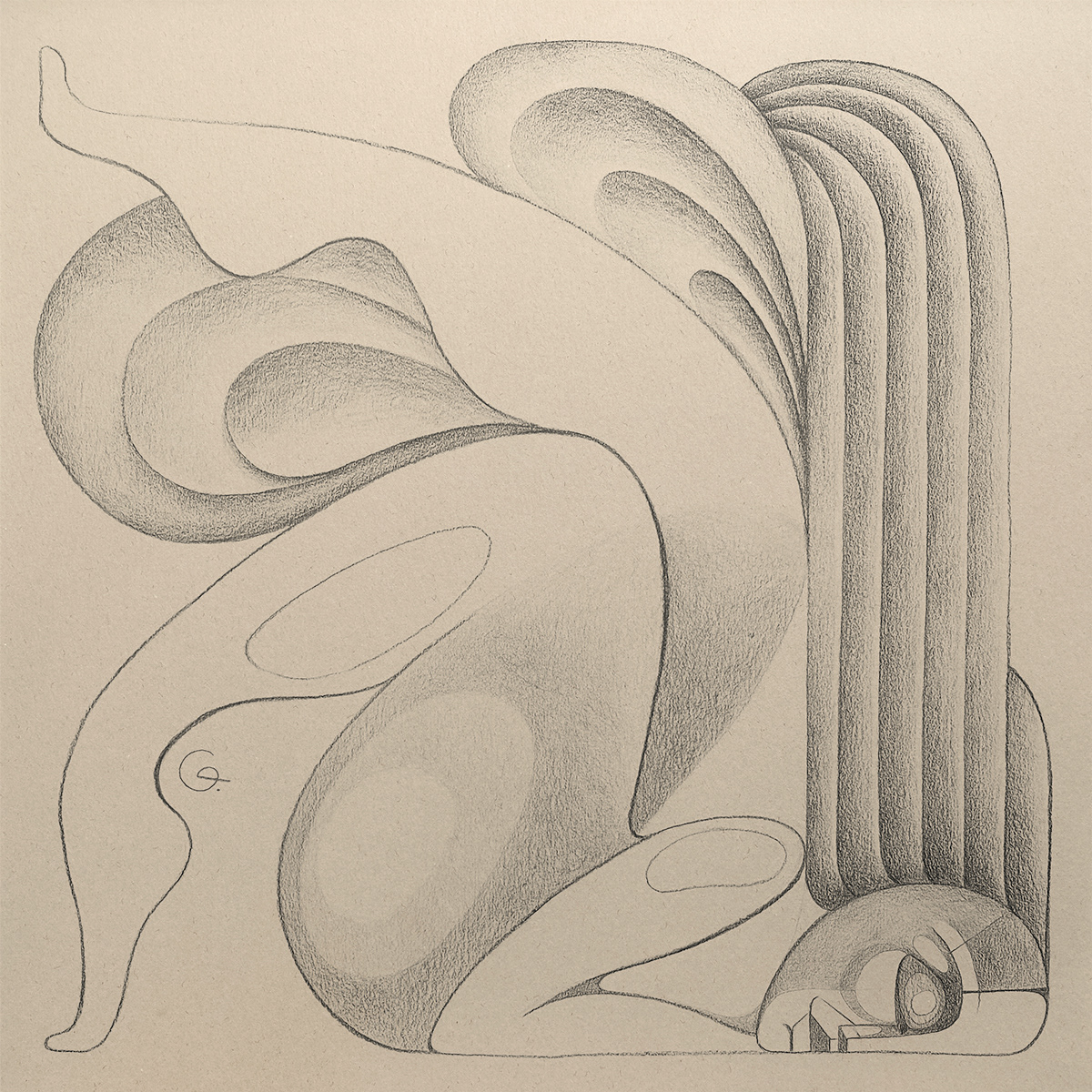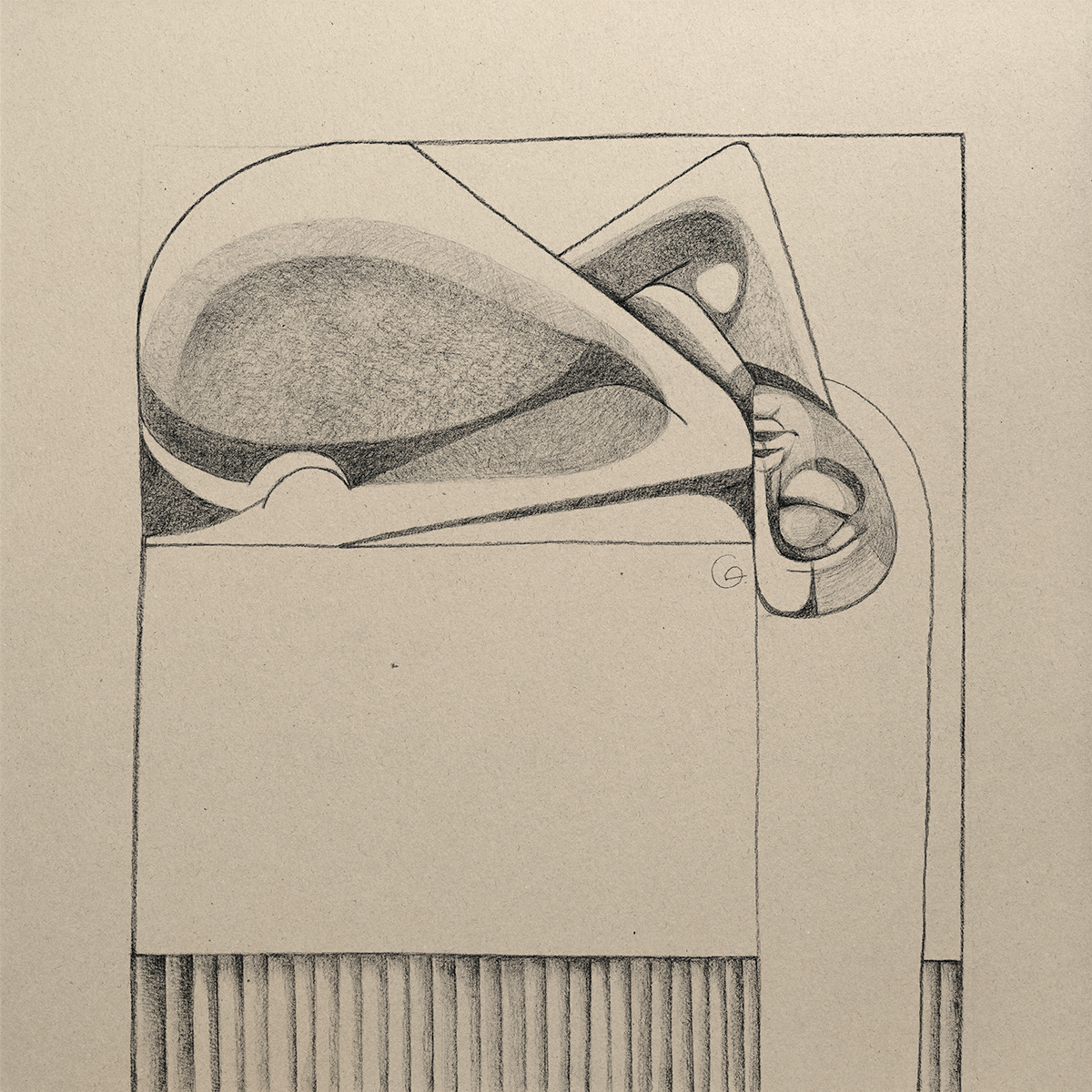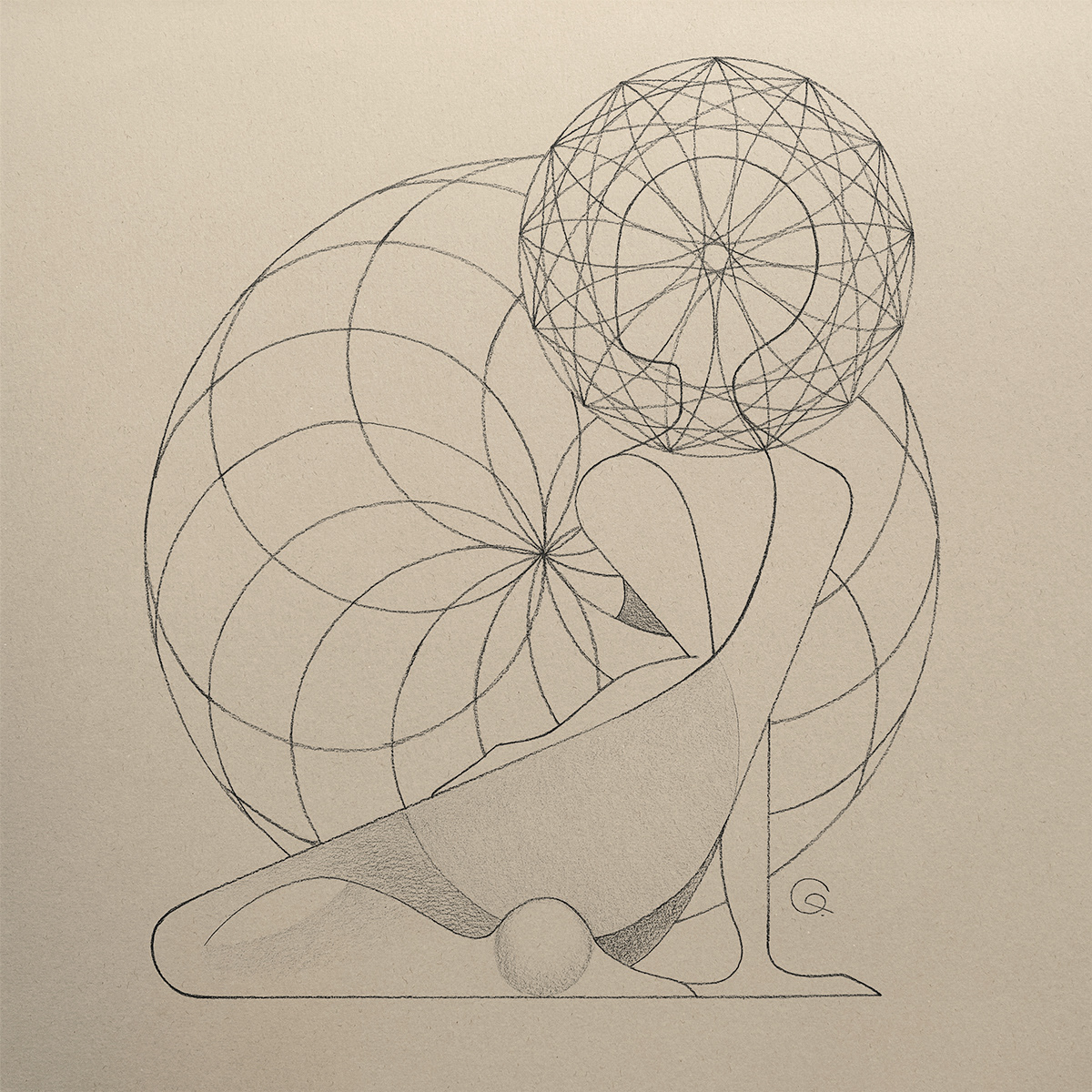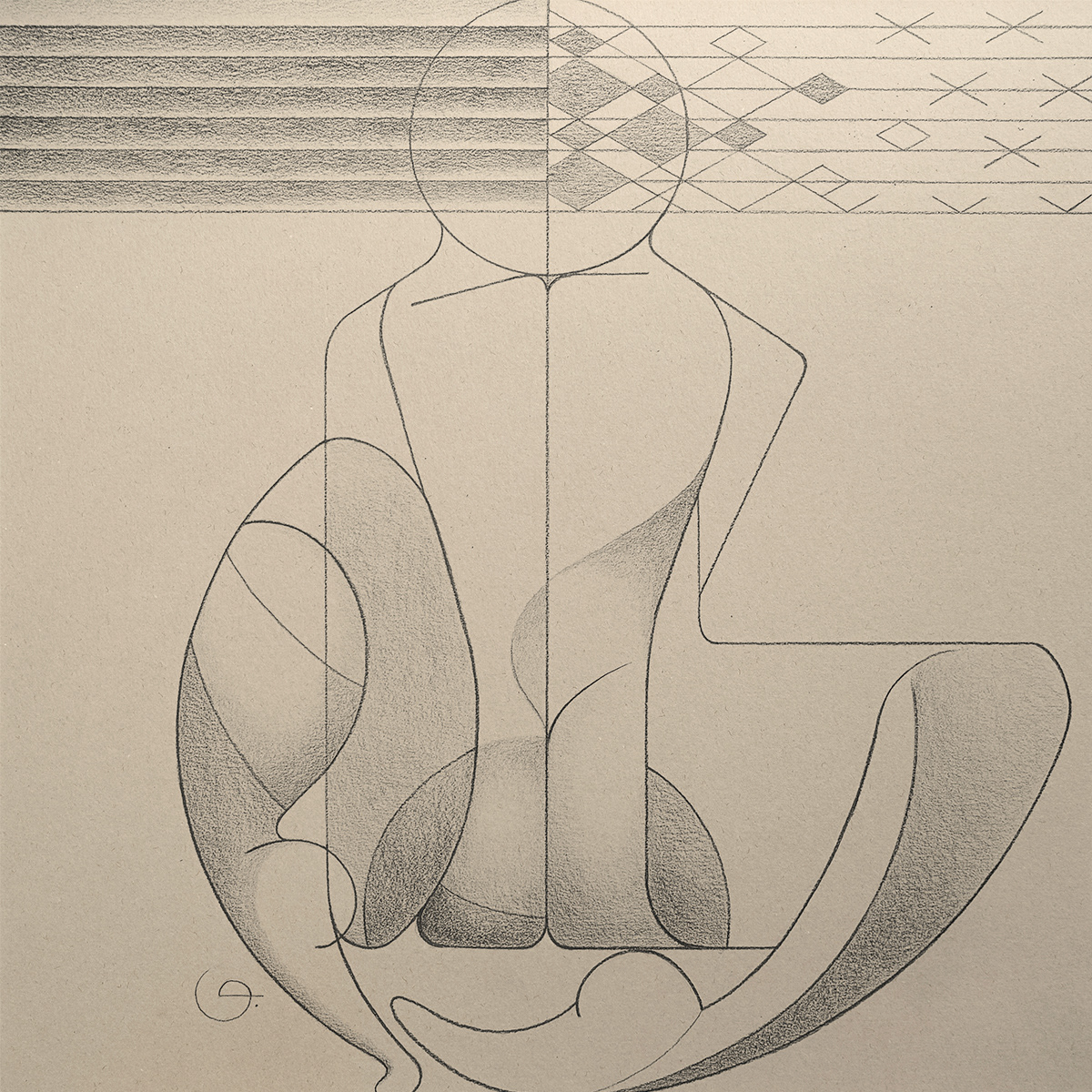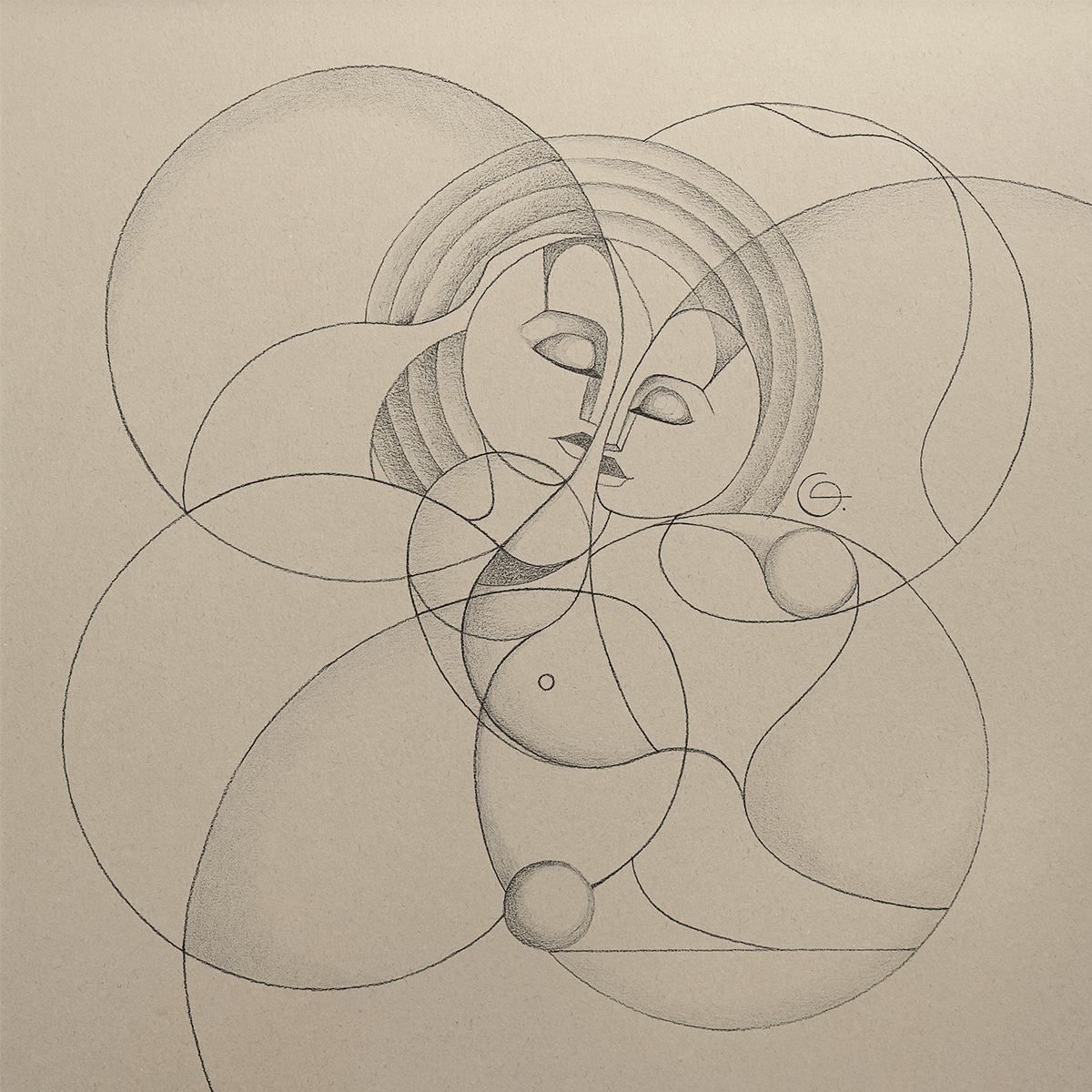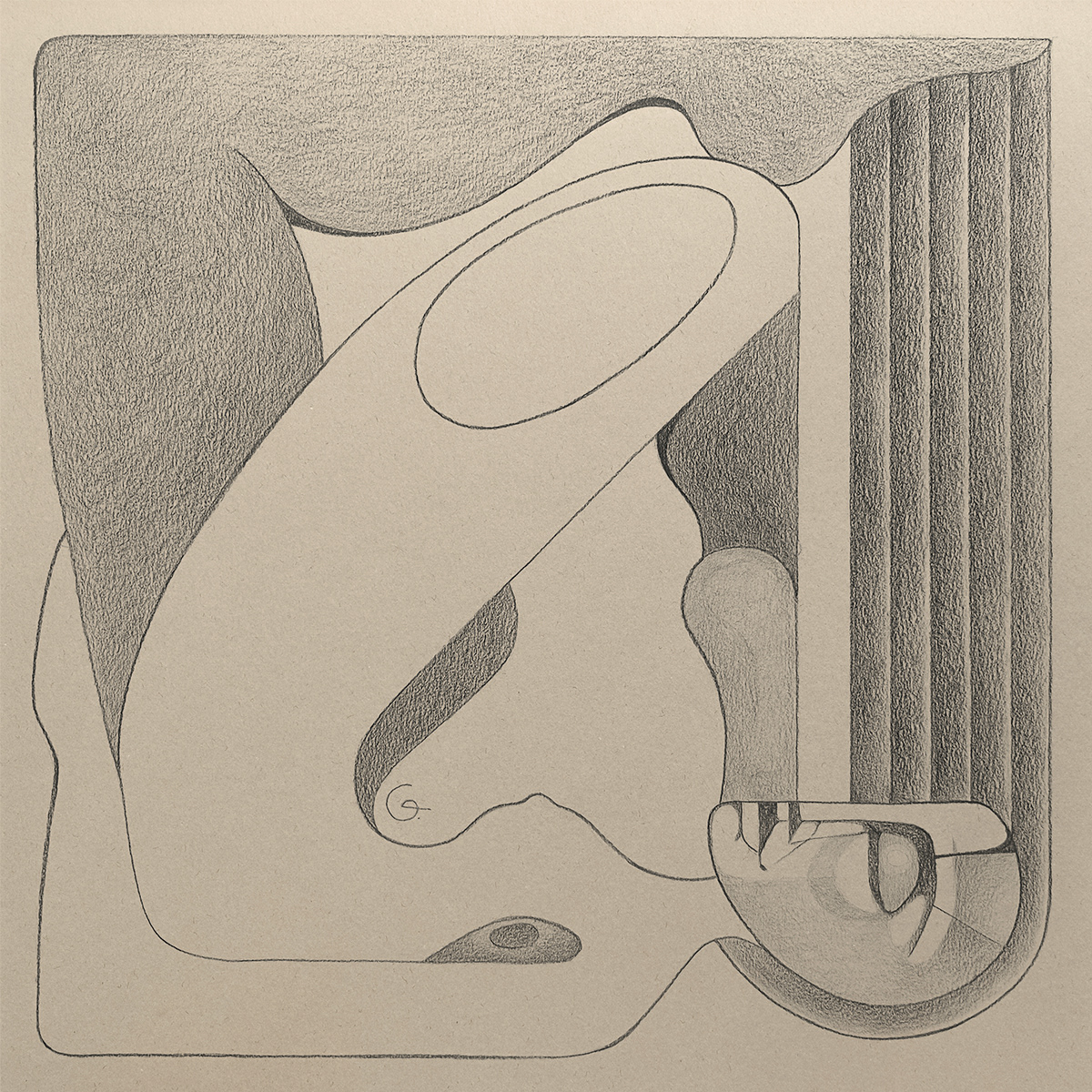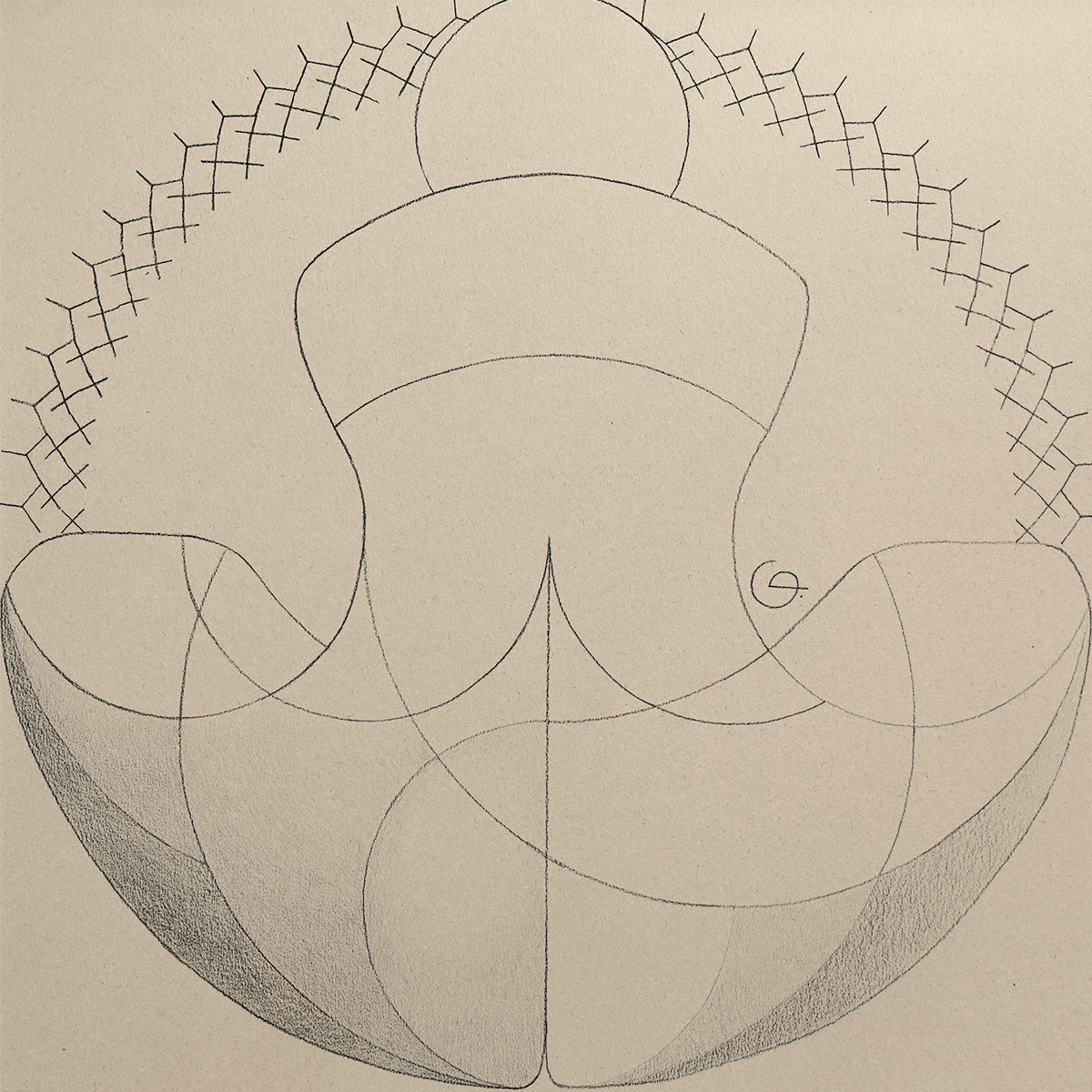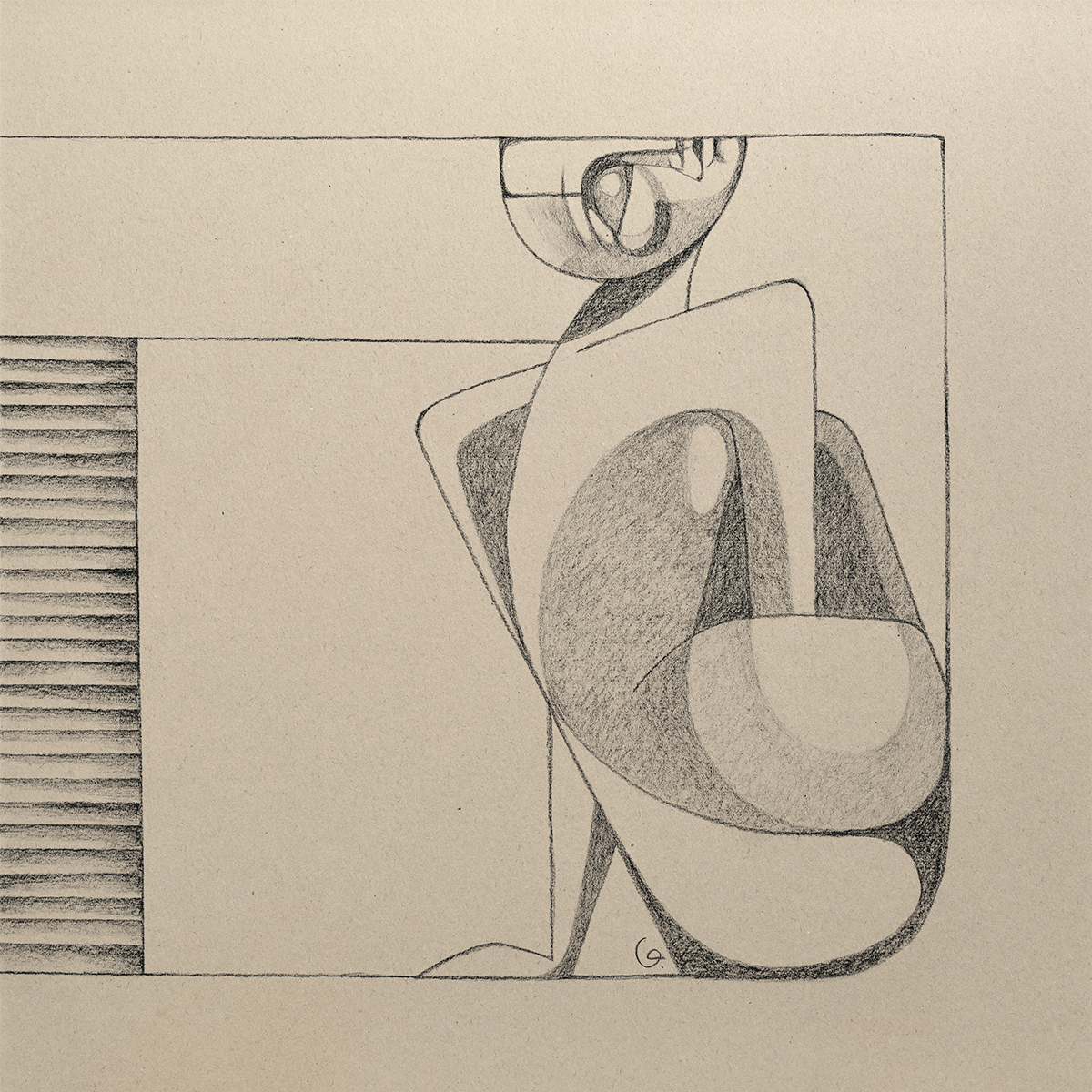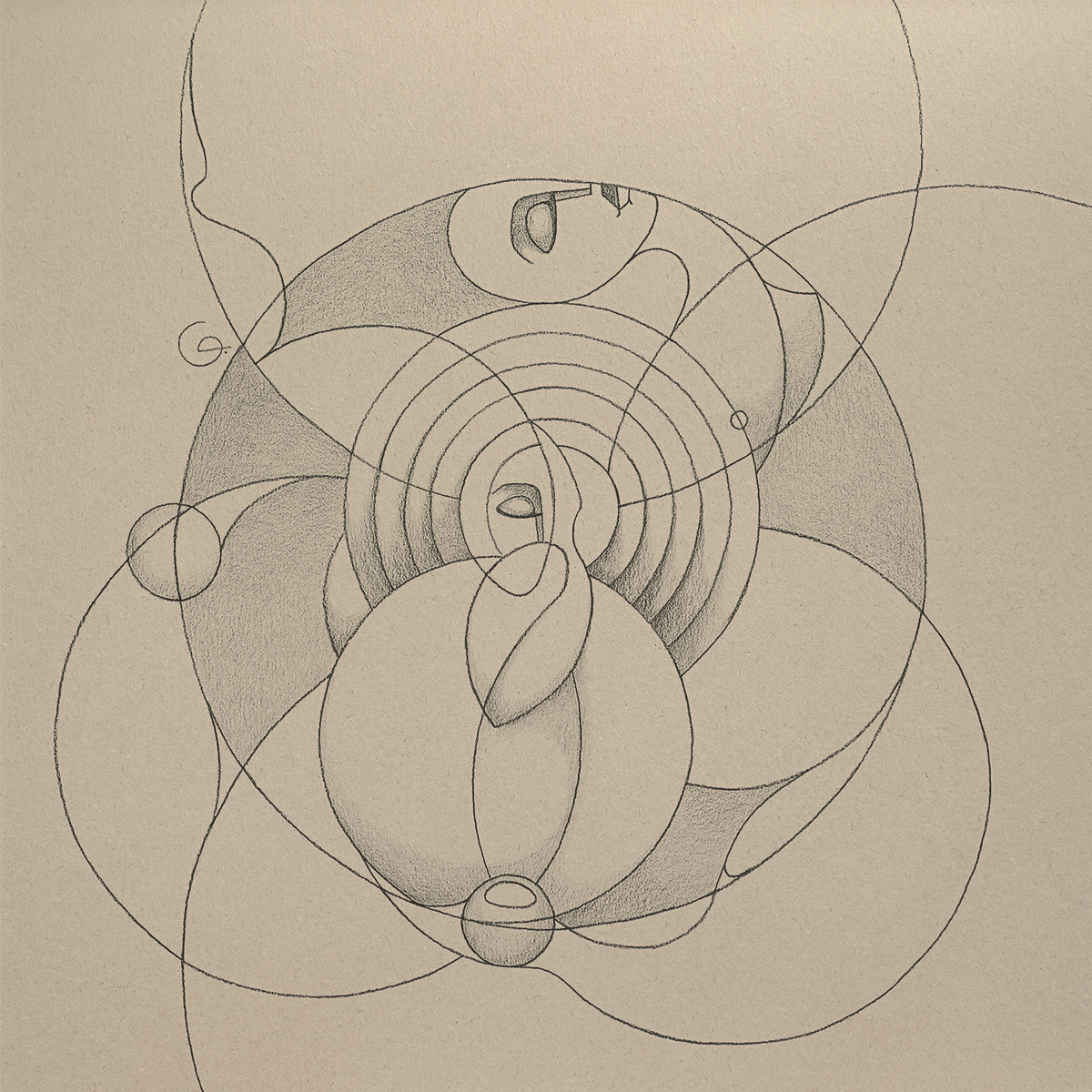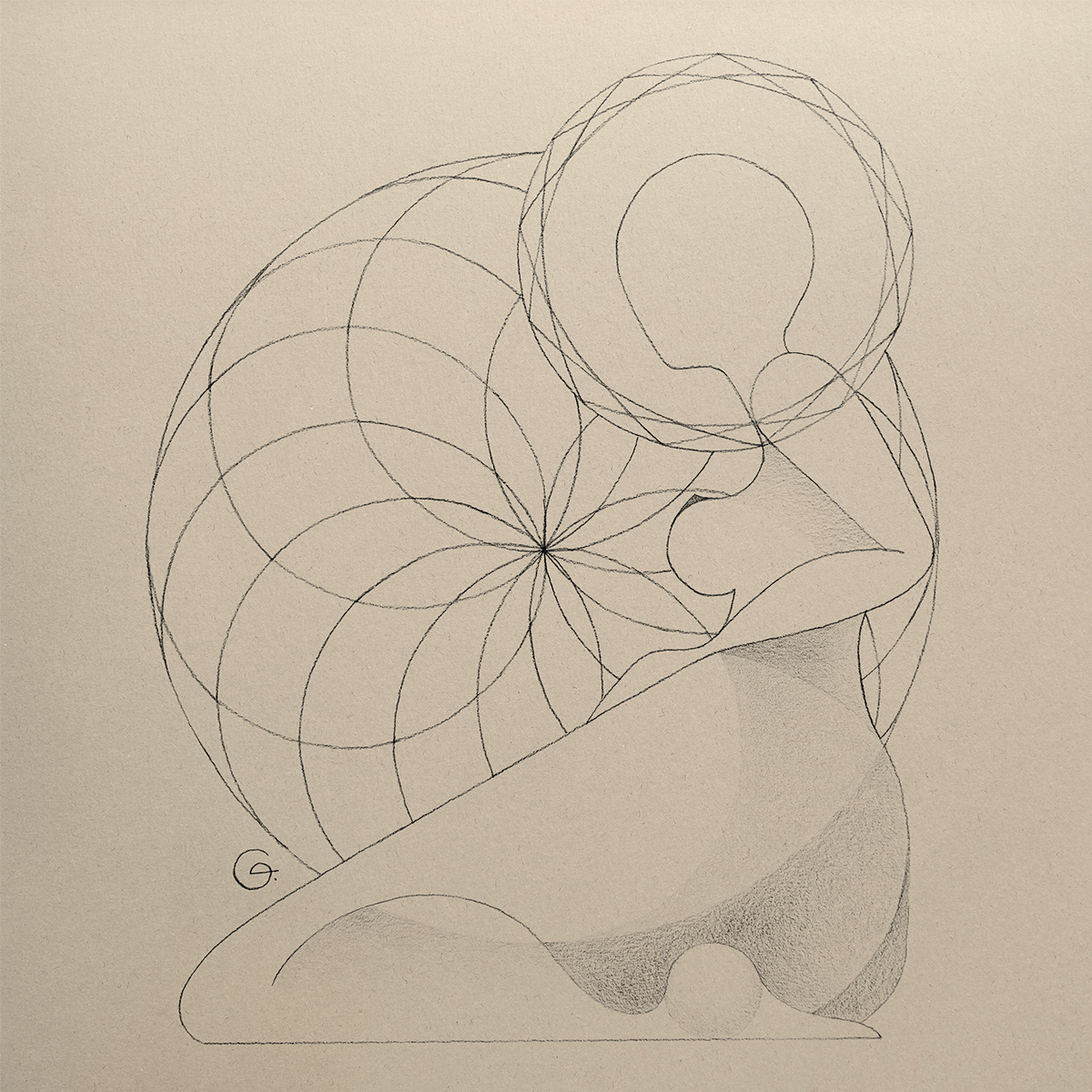Graphics 17. Mari u Polia
Graphite on paper, 50x50 cm, 2024 | Unframed
€450 | Complimentary worldwide shipping
Available for purchase. Contact
Graphics 17. Mari u Polia (2024)
This work is part of a personal three-piece series created in response to the war in my country. The drawings emerged during a period of creative silence — a time when I turned inward, avoiding words but unable to quiet the thoughts echoing inside.War breaks boundaries, and the drawing reaches the very edges of the paper, symbolizing how conflict pushes beyond all limits.
“Mari u Polia” depicts my childhood home — Mariupol, a city once nearly unknown to the world, until it gained tragic global recognition during the war.
Do we truly remember our childhood — the events, emotions, and brightness of those early years? Time can blur even the most vivid memories.
But my question reaches further: How quickly does the world move past someone else’s tragedy? People who are not directly connected cannot fully carry the depth of grief, and everyday life gradually softens even the strongest waves of empathy.
Am I talking about childhood? Or about the world’s short-lived attention, and how easily profound suffering is forgotten?
This work holds that quiet pain — deeply personal, yet universally recognizable.
